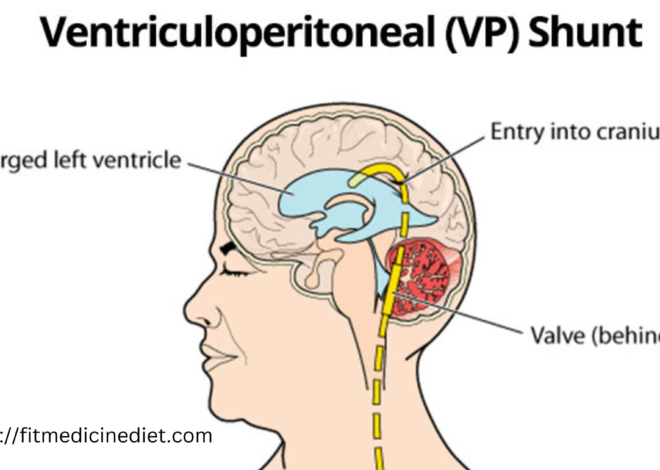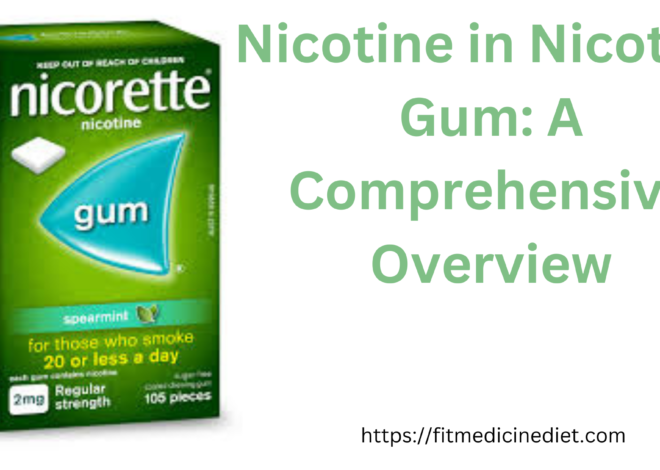
The diet keto meal plan: A Comprehensive Guide in 2024
Introduction to the diet keto meal plan
The ketogenic diet, commonly known as the keto diet, is a low-carbohydrate, high-fat eating plan that has gained immense popularity for its potential benefits in weight loss, improved energy levels, and enhanced mental clarity. Originating as a therapeutic diet for epilepsy in the 1920s, the keto diet has evolved into a mainstream lifestyle choice for those looking to transform their health through nutritional ketosis.
Understanding Ketosis: The Science Behind the diet keto meal plan
To fully grasp the keto diet, it’s essential to understand the concept of ketosis. Normally, the body relies on carbohydrates as its primary source of energy. When you consume carbs, they are broken down into glucose, which is then used for energy or stored in the liver and muscles as glycogen. However, when carbohydrate intake is drastically reduced, the body is forced to find an alternative fuel source. This is where ketosis comes into play.
In the absence of sufficient carbohydrates, the liver begins to convert fats into ketones, which are small molecules that serve as an alternative energy source. Ketones can be used by almost every cell in the body, including the brain, which typically depends on glucose. The state of ketosis is the metabolic foundation of the keto diet, where fat becomes the primary source of energy instead of carbohydrates.
The Benefits of the diet keto meal plan
1. Weight Loss
One of the most significant reasons people turn to the keto diet is its effectiveness in promoting weight loss. By drastically reducing carbohydrate intake and increasing fat consumption, the body shifts its energy source from glucose to stored fat. This metabolic change can lead to rapid and sustainable weight loss, especially in the initial stages of the diet. Additionally, the keto diet helps reduce hunger by stabilizing blood sugar levels and improving satiety, making it easier to adhere to the diet over time.
2. Improved Mental Clarity and Focus
The keto diet is known for its potential to enhance mental clarity and cognitive function. When the brain uses ketones for energy, many people report experiencing heightened focus, improved memory, and reduced brain fog. This effect is likely due to the steady supply of ketones, which provide a more consistent source of fuel compared to the fluctuations in energy levels caused by carbohydrate consumption.
3. Increased Energy Levels
While the initial transition to the keto diet may involve a period of fatigue known as the “keto flu,” many people find that their energy levels significantly improve once they are fully adapted to the diet. This is because fat is a more efficient and long-lasting energy source than carbohydrates. As the body becomes better at utilizing fat for fuel, individuals often report sustained energy levels throughout the day, without the crashes associated with high-carb diets.
4. Blood Sugar Control and Insulin Sensitivity
The keto diet can be particularly beneficial for individuals with type 2 diabetes or insulin resistance. By reducing carbohydrate intake, the diet helps to lower blood sugar levels and improve insulin sensitivity. This can lead to better blood sugar control and, in some cases, even a reduction in the need for diabetes medications.
Essential Components of a diet keto meal plan
Creating an effective diet keto meal plan requires a good understanding of macronutrient ratios, food choices, and portion control. The standard ketogenic diet typically consists of approximately 70-75% fat, 20-25% protein, and 5-10% carbohydrates. Here’s a breakdown of what a typical day on a diet keto meal plan might look like:
1. Healthy Fats
Fats are the cornerstone of the keto diet, providing the majority of your daily caloric intake. It’s important to focus on consuming healthy fats, which include:
- Avocados: Rich in monounsaturated fats, avocados are a keto staple. They also provide fiber and essential nutrients like potassium.
- Olive Oil: A great source of healthy fats and antioxidants, olive oil can be used for cooking, dressings, and dips.
- Coconut Oil: High in medium-chain triglycerides (MCTs), coconut oil is easily converted into ketones and is a popular choice for keto dieters.
- Butter and Ghee: These dairy fats are rich in saturated fats and are great for cooking and adding flavor to meals.
- Nuts and Seeds: Almonds, walnuts, chia seeds, and flaxseeds provide healthy fats, fiber, and a modest amount of protein.
2. Moderate Protein
Protein intake on the keto diet should be moderate. Consuming too much protein can lead to gluconeogenesis, a process where the body converts excess protein into glucose, which can potentially kick you out of ketosis. Focus on high-quality protein sources, such as:
- Meat: Grass-fed beef, pork, lamb, and game meats are excellent choices.
- Poultry: Chicken, turkey, and duck are versatile options for keto meals.
- Fish and Seafood: Fatty fish like salmon, mackerel, and sardines are rich in omega-3 fatty acids, which have numerous health benefits.
- Eggs: A versatile and affordable source of protein, eggs can be included in various meals throughout the day.
3. Low-Carb Vegetables
While carbohydrates are limited on the keto diet, it’s important to include nutrient-dense, low-carb vegetables in your diet keto meal plan. These vegetables provide essential vitamins, minerals, and fiber without significantly impacting your carb intake. Some of the best options include:
- Leafy Greens: Spinach, kale, arugula, and lettuce are low in carbs and high in nutrients.
- Cruciferous Vegetables: Broccoli, cauliflower, cabbage, and Brussels sprouts are excellent choices for a diet keto meal plan.
- Zucchini and Squash: These vegetables can be used as substitutes for higher-carb ingredients like pasta and potatoes.
- Bell Peppers: While slightly higher in carbs, bell peppers are rich in vitamin C and can be included in moderation of diet keto meal plan.
4. Dairy Products
Full-fat dairy products can be part of a diet keto meal plan, but it’s important to choose those with minimal carbohydrates. Some suitable options include:
- Cheese: Hard cheeses like cheddar, Parmesan, and Swiss are low in carbs and high in fat.
- Cream and Half-and-Half: These can be used in cooking or added to coffee.
- Greek Yogurt: Opt for full-fat, unsweetened Greek yogurt, which provides protein and probiotics.
5. Nuts and Seeds
Nuts and seeds are excellent snacks on the keto diet, providing healthy fats, fiber, and protein. However, they should be consumed in moderation due to their carb content. Some good options include:
- Almonds
- Walnuts
- Chia Seeds
- Flaxseeds
Sample diet keto meal plan
To give you a better idea of what a day on the keto diet might look like, here’s a sample diet keto meal plan:
Breakfast: Avocado and Egg Breakfast Bowl
- 1 avocado, sliced
- 2 eggs, fried in butter
- 1 tablespoon of olive oil, drizzled over the avocado
- 1 handful of spinach, sautéed in coconut oil
- A sprinkle of salt, pepper, and chili flakes
Lunch: Grilled Chicken Salad with Olive Oil Dressing
- 4 oz. grilled chicken breast
- 2 cups of mixed leafy greens (spinach, arugula, and kale)
- 1/2 cucumber, sliced
- 1/4 cup of cherry tomatoes
- 2 tablespoons of olive oil
- 1 tablespoon of apple cider vinegar
- Salt, pepper, and oregano to taste
Dinner: Baked Salmon with Asparagus
- 6 oz. salmon fillet, seasoned with salt, pepper, and lemon juice
- 1 tablespoon of butter, melted over the salmon
- 1 cup of asparagus, roasted in olive oil
- 1/2 cup of cauliflower rice, sautéed in coconut oil
Snack: Almonds and Cheese
- 1/4 cup of almonds
- 1 oz. of cheddar cheese
Tips for Success on the Keto Diet
1. Stay Hydrated
Dehydration is common on the keto diet due to the diuretic effect of ketosis. Make sure to drink plenty of water throughout the day to stay hydrated. Adding electrolytes, such as sodium, potassium, and magnesium, can help prevent dehydration and reduce symptoms of the “keto flu.”
2. Monitor Your Macronutrients
Tracking your macronutrient intake is crucial for staying in ketosis. Use a food diary or a keto-specific app to ensure that you’re hitting your fat, protein, and carbohydrate goals.
3. Plan Your Meals
diet keto meal plan is essential for success on the keto diet. By preparing your meals in advance, you can avoid the temptation of high-carb foods and ensure that you always have keto-friendly options available.
4. Listen to Your Body
The keto diet can be a significant adjustment for your body. Pay attention to how you feel and adjust your diet as needed. If you experience prolonged fatigue, headaches, or other symptoms, consider increasing your electrolyte intake or slightly adjusting your macronutrient ratios.
5. Be Patient
The keto diet may not produce immediate results, and the initial transition period can be challenging. However, with patience and consistency, many people find that they achieve their health and weight loss goals over time.
Conclusion
The keto diet offers a unique approach to nutrition that can lead to significant health benefits, including weight loss, improved mental clarity, and better blood sugar control. By focusing on high-quality fats, moderate protein, and low-carb vegetables, you can create a balanced and satisfying keto


